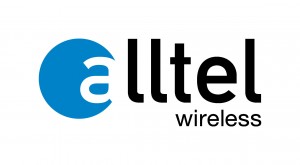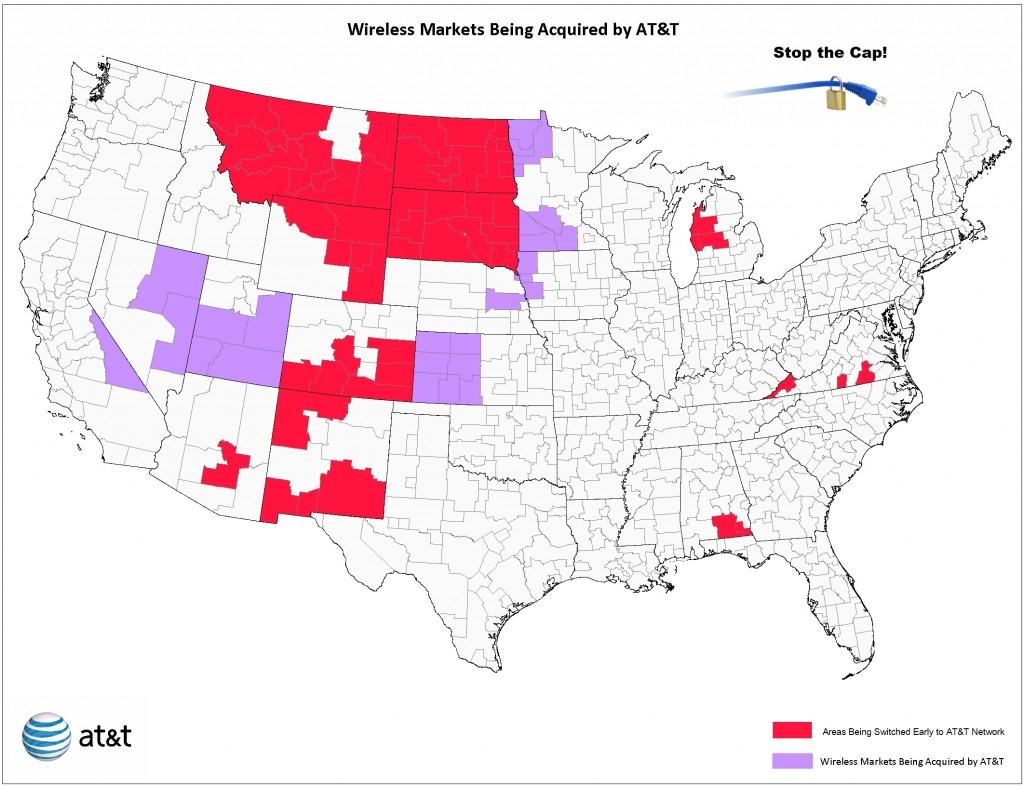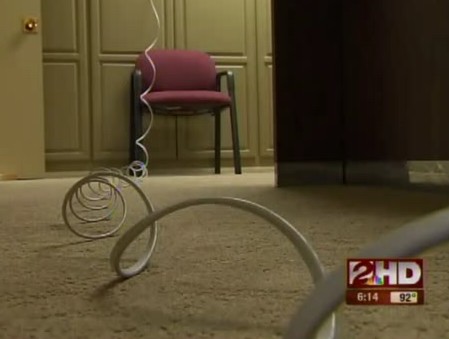 Three years ago, Bush Administration FCC Chairman Kevin Martin championed an initiative to offer free national Internet access across the United States via wireless access. Martin’s idea was to take a portion of unused spectrum and auction it to a company that agreed to set aside 25 percent of the 2 GHz “AWS-3” band for a free, slow speed Internet service. The winning bidder could underwrite the free service with online advertising and sell access to the remaining 75 percent of the spectrum, presumably for faster access. Think NetZero for the 21st century.
Three years ago, Bush Administration FCC Chairman Kevin Martin championed an initiative to offer free national Internet access across the United States via wireless access. Martin’s idea was to take a portion of unused spectrum and auction it to a company that agreed to set aside 25 percent of the 2 GHz “AWS-3” band for a free, slow speed Internet service. The winning bidder could underwrite the free service with online advertising and sell access to the remaining 75 percent of the spectrum, presumably for faster access. Think NetZero for the 21st century.
That proposal just happened to coincide with a nearly identical plan offered by M2Z Networks Inc., a politically-connected start-up backed by Kleiner Perkins Caufield & Byers partner John Doerr and loaded with former FCC people.
M2Z had everything the FCC wanted from an applicant:
- a minority owned business that would raise the percentage of minority-owned telecommunications businesses;
- a willingness to agree to Martin’s demands that the free Internet service be censored to remove adult content;
- sufficient financial backing to win the spectrum auction;
- political connections that could help drive the plan through a political minefield and objections from incumbent commercial providers.

John Muleta, co-founder and CEO of M2Z Networks, also headed the FCC's Wireless Telecom Bureau between 2003 and 2005.
M2Z planned to offer free Internet access below the definition of broadband speeds defined in America’s National Broadband Plan — 768kbps, and would also include web advertising injected by M2Z. Premium, paying customers could access faster speeds and avoid the extra advertising.
Unfortunately for the project’s boosters, Martin’s maverick proposal met a roadblock of opposition, including from his boss, President George W. Bush. Commercial providers, especially AT&T, Verizon, and T-Mobile immediately attacked the plan. AT&T and Verizon did not want a competitor giving away free wireless access when they were charging top dollar for it. T-Mobile objected, fearing interference to spectrum it owned nearby (fears that proved not credible). Civil rights and consumer groups objected to Martin’s insistence that adult content be blocked using imperfect filtering software. Still others thought M2Z would never be able to cover 95 percent of America within a decade, as required by Martin’s proposal. Some speculated M2z would launch service, deploy it to major cities, and then petition the FCC to forget about the 95 percent requirement.
Philosophically, many industry groups also objected to the Commission sticking its nose in private company business plans, dictating the services offered by the winning bidder.
Despite some willingness by M2Z to compromise on issues like the “smut filter,” with the remaining parade of opposition it came as no surprise the FCC left M2Z’s proposal on the back burner for the remainder of the Bush Administration.
With the arrival of the Obama Administration, Kevin Martin was out at the FCC. In came Julius Genachowski and a National Broadband Plan.
The concept on offer from M2Z just didn’t fit the vision of America’s broadband transformation. Although wireless 3G and 4G networks remained hot topics, other wireless projects have simply not gotten as much attention outside of rural areas. As many community-owned Wi-Fi services shut down, the concept of free, slow-speed broadband just wasn’t a hot topic any longer. Even worse, approving a plan offering speeds well below the FCC’s proposed definition of broadband threatened to muddy the message America needs faster access. Last week, the FCC quietly sent word to M2Z that they had rejected their proposal, effectively killing the venture.
How broadband advocates frame broadband expansion can be critical to the plan’s success. Critics already opposed to broadband stimulus programs could argue M2Z offered a free market, privately-funded solution to Internet adoption without spending billions of taxpayer dollars. Although 768kbps would offer little to solve the digital divide, totally free access isn’t something easily ignored, even if M2Z was never capable of extending service to 95 percent of the country.
But in the end, vociferous objections from AT&T, Verizon, and T-Mobile were probably the primary reason for the plan’s ultimate demise.
After all, if you could get free wireless access at speeds comparable to what several carriers realistically deliver to their 3G customers today for upwards of $60 a month, would you remain a paying customer?
[flv]http://www.phillipdampier.com/video/C-SPAN M2Z Networks The Communicators 10-11-07.flv[/flv]
In October 2007, C-SPAN’s “The Communicators” spent 30 minutes discussing the state of competitiveness in American broadband and how M2Z planned to shake up the duopoly. Three years later, the duopoly remains and M2Z’s plan is dead. (29 minutes)


 Subscribe
Subscribe











